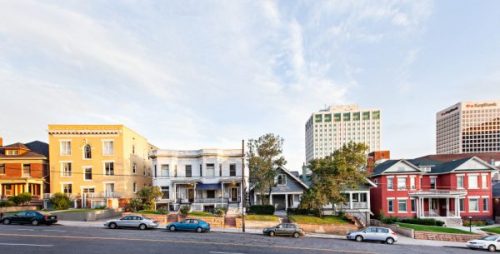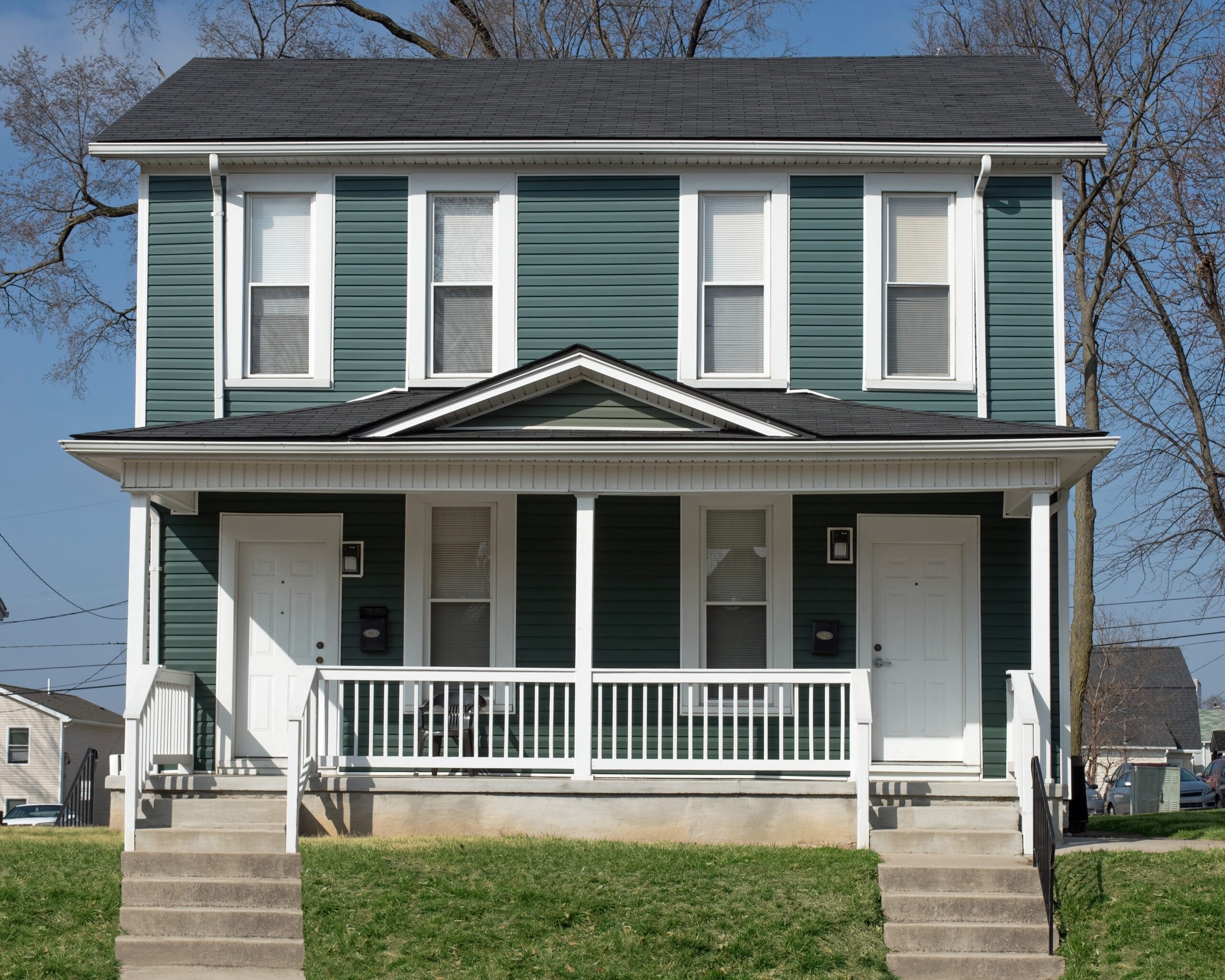Welcome to Our Research Archive
Search and filter by content type, issue area, author, and keyword

November 5, 2024
Harvard Professor Edward Glaeser on the U.S. Housing Crisis
Why are U.S. housing prices so high? Edward L. Glaeser, the Fred and Eleanor Glimp Professor of Economics at Harvard University, is an expert in housing and urban economics. His…

October 11, 2024
HUD’s Housing Misfire: When Bureaucrats Know Better than Markets
Kamala Harris’s proposal for a $40 billion fund for local governments to explore “innovative” housing solutions will likely funnel money into projects burdened by self-defeating government-mandated affordability requirements, which HUD…

October 10, 2024
Harris’s Housing Plan and the Five C’s That Will Derail It
…LIHTC unit costs taxpayers an estimated $450,000, compared to $0 for a private development that it displaces, making it an expensive solution for affordable housing. Complexity: As Chris Edwards highlights,…

October 8, 2024
Harris Housing Subsidies: A Recipe for Repeating Past Mistakes
Presidential candidate Kamala Harris has proposed housing policies that recycle ineffective strategies long seen in federal housing programs. Her key proposals include subsidies for the construction of 3 million new…

September 25, 2024
The Costs of Inaction: Economic Risks from Housing Unaffordability
Chairman Whitehouse, Ranking Member Grassley, and committee members, thank you for the opportunity to testify on this most important topic. History offers a cautionary tale against inappropriate federal action in the…
September 25, 2024
The Promise — and Danger — of Kamala Harris’s YIMBYism
…for new, “missing middle” starter homes. It would mean not pushing for “low-income” housing that conjures public housing high-rises but, rather, what Edward Pinto and Tobias Peters, my colleagues at…

September 23, 2024
The Kamala Harris Plan for More Housing Shortages
A signature feature of Kamala Harris’s housing plan is providing first-time home buyers with $25,000 in down-payment support, at a total cost of $100 billion over four years. Absent a severe…

September 11, 2024
As America’s housing crisis intensifies, the American Housing and Economic Mobility Act of 2024 has emerged as a high-profile yet expensive solution.
…fate. To continue reading this op-ed online on The Hill, click here. Tobias Peter and Edward Pinto are co-directors of the American Enterprise Institute’s Housing Center. The views expressed in this article are…

September 10, 2024
America is Still Working
…1947 through 1957, I use estimates from Simona E. Cociuba, Edward C. Prescott, and Alexander Ueberfeldt, “US Hours at Work,” Economics Letters 169, 87-90 (2018), data file updated October 2021,…

September 4, 2024
Kamala Harris’s Housing Plan Would Be Worse Than Doing Nothing
…cost and without unintended consequences. Edward Pinto is the senior fellow and codirector of the American Enterprise Institute Housing Center. Tobias Peter is the senior fellow and codirector of the…